A Professional’s Guide: Choosing & Maintaining Fishing Line
Our last blog offered professional advice on proper hook selection, because what could be more important than the object hooking the fish? Pun intended. However, Bassmaster Elite angler Chad Morgenthaler has a different perspective: “All success stories begin with the fishing line!”
Morgenthaler has been fishing professionally since 2004 and has a wealth of knowledge about the three main types of fishing line: monofilament, braid, and fluorocarbon. “All lines have their place,” he asserts, “In fact, selecting the right line is as important as lure selection.”
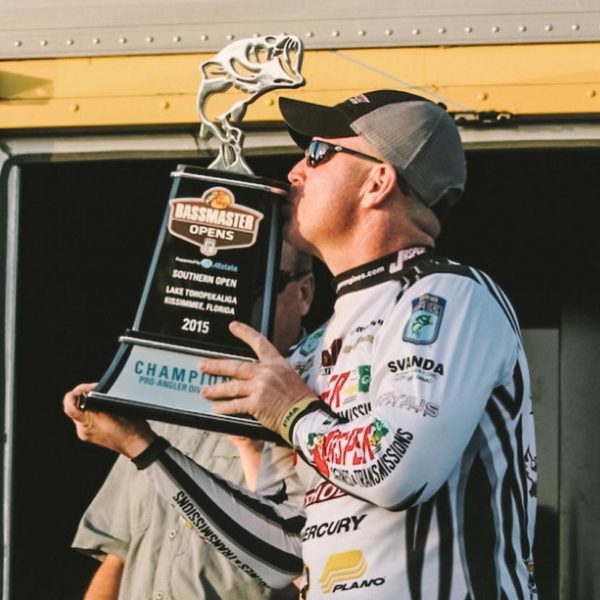
Advantages & Disadvantages of Monofilament Fishing Line
The oldest and most widely used line on the market is monofilament. The 7-time Bassmaster Classic Qualifier is still a fan. “It’s still advantageous for several applications. For starters, it floats, so it’s a great choice for topwater lures. This is because topwater lures often need to be paused, and [the line’s] flotation will not hinder their action.”
He adds, “Monofilament is also great for casting, plus it will stretch. The stretch creates more forgiveness when a big fish surges and the drag on the reel is not set exactly right. However, it’s important to remember that the amount of stretch decreases with bigger lines.”
Morgenthaler has found a combination of lines is best for several rigs, including the Carolina Rig. He spools his reel with fluorocarbon line but adds a 3-foot monofilament leader for the lure. “Any time you want to raise a bait, such as on a Carolina Rig, monofilament helps. Many soft plastic lures are loaded with salt, which causes the bait to sink. Mono counteracts that.”
Disadvantages are small in number, but significant, “Because it floats, it offsets a sinking lure.” This not only includes lures dragged along the bottom, but also crankbaits, spinnerbaits, jerkbaits, and bladed jigs.
"Any time you want to raise a bait, such as on a Carolina Rig, monofilament helps. Many soft plastic lures are loaded with salt, which causes the bait to sink. Mono counteracts that."
Chad Morgenthaler
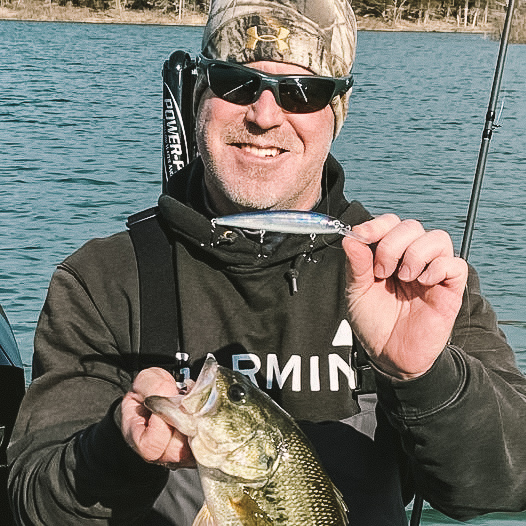
Advantages & Disadvantages of Braid Fishing Line
Like monofilament, braid line floats, but Morgenthaler points out, “Because it has zero stretch, it has supreme sensitivity.” Add that with its superior strength, and you have the perfect line for casting to thick greenery. “While other lines will get tangled up in heavy vegetation, braid will actually cut right through it. It is the only line that allows for a high landing ratio in thick mats of weeds.”
Rather submergent or emergent, he uses a 50-pound braid for flipping and punching heavy vegetation. If he casts around the heavy vegetation with bladed jigs or swim jigs, he will use a 30-pound braid.
“While other lines will get tangled up in heavy vegetation, braid will actually cut right through it. It is the only line that allows for a high landing ratio in thick mats of weeds.”
Chad Morgenthaler
“Braid is also smaller in diameter than other lines, which allows for super long casts.” Whenever he needs long casts with a topwater, he will swap the monofilament line for the same 50-pound braid.
Spinning rods and reels are not known for finesse presentations, yet Morgenthaler thinks that is the perfect mix with a strong line. “All of my spinning rods are spooled with 10-pound braid line.” But like the Carolina Rig, he combines it with fluorocarbon line. He attaches a 12-15 foot long leader of fluorocarbon line with a Modified Albright knot.
“One place I do not use braid is around wood structures. This surprises some because its strength seems like such an advantage around it, but it will fall into the cracks and get stuck. And with its strength, it is a nightmare to get loose.”
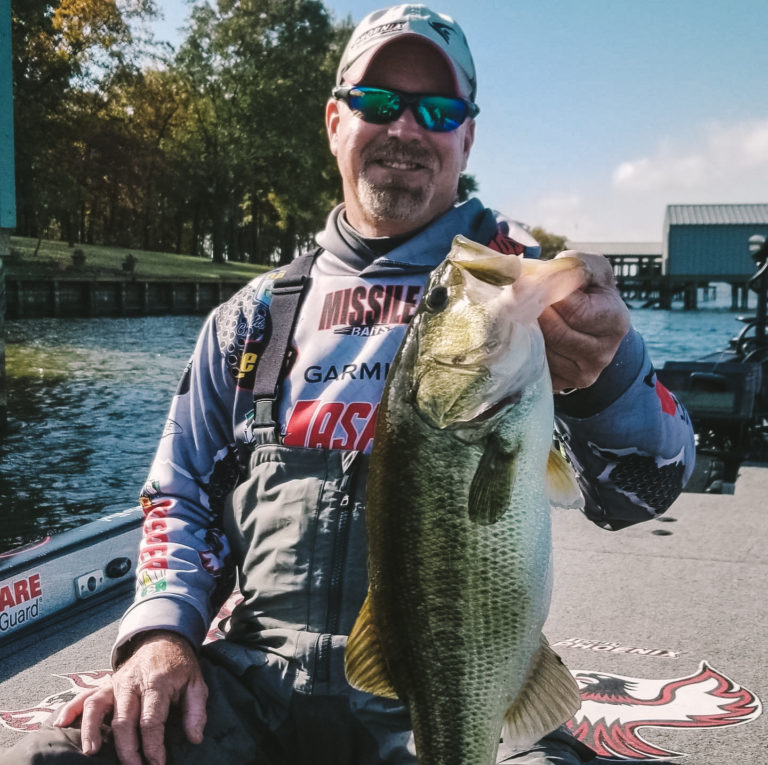
Advantages & Disadvantages of Fluorocarbon Fishing Line
The density of fluorocarbon makes it the only line to sink. “This is a great advantage for any presentation when reaching depths is best,” Morgenthaler claims. “Monofilament will fight against a crankbait that is made to dig deep. The buoyancy of mono will distort bottom bouncing baits’ action. Fluorocarbon prevents this.”
“I use fluorocarbon on more lures than any other line, and advancements keep getting better. Maybe not quite as strong as braid, the new Gamma Edge line has phenomenal strength! And the overall biggest advantage of any fluoro is its vanishing capability.” In the right lighting, many experts feel fluorocarbon is invisible to fish.
But it too has disadvantages too. “First, it’s expensive! In part, this is why I use braid on my spinning rods, so I only use 12-15 feet at a time.”
“It also suffers from a great memory!” This means it will curl up if it stays on a reel too long, which will cause horrendous tangles. Morgenthaler adds, “Yet, this is another advantage of combining it with braid because braid does not have any memory.”
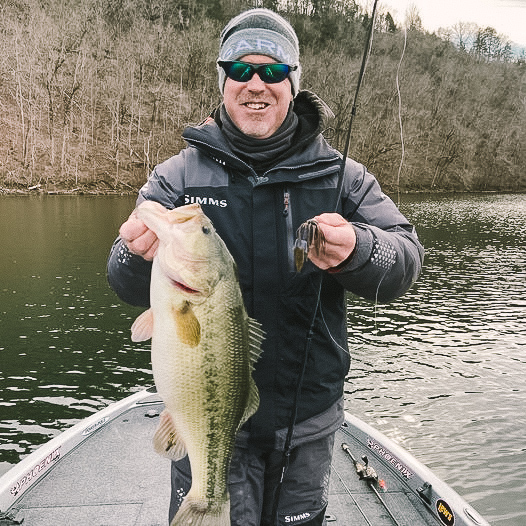
“I use fluorocarbon on more lures than any other line, and advancements keep getting better. Maybe not quite as strong as braid, the new Gamma Edge line has phenomenal strength! And the overall biggest advantage of any fluoro is its vanishing capability.”
Chad Morgenthaler
3 Tips for Fishing Line Care
“Catching fish is how I make a living. In my profession, losing fish can cause financial hardship, so I am very picky on my line selection and care of it,” he concedes. “I’ve used them all, and Gamma is the best line I’ve found. I trust them for mono, fluoro, and braid.”
- Replace Frequently. “I’m constantly taking off the used line and swapping it with fresh line. This prevents it from developing memory and removes any weak points that may have developed during the last outing.”
- Storage. “As funny as it might sound, sun and heat will cause the line to deteriorate quickly. Do not store in a boat if it is exposed to sunlight while not in use.”
- Turn it Around. “Any rod that gets heavy use after a day of competition, I put on a fresh line, but when not in competition, I’ll turn it around. Basically, I’ll tie the line to something like a post and then walk off the line to the other side of the yard. When I reach the end, I’ll put the same line back on the opposite end. This way the end that was never used, never seen daylight, will be at the forefront.”
All success stories begin with fishing line, but poor management and care of line can also lead to many sad ones.

Andrew Buss
Andrew Buss resides with his family in the great state of Indiana. When he’s not fishing, creating YouTube videos or running the R&B Bass Circuit, he poses as a school teacher. If you’d like to see more from the #hunteroffish check out his social media channels.
DID YOU ALSO SEE?
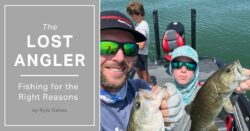
Fishing For The Right Reasons

Fishing as a Co-Angler: Benefits, Challenges, and Techniques
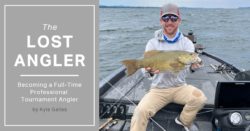


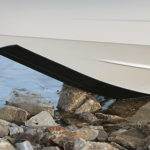
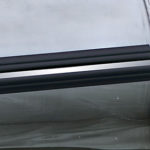
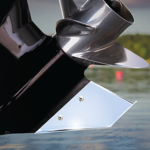

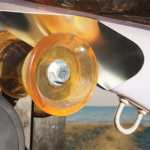
Comments